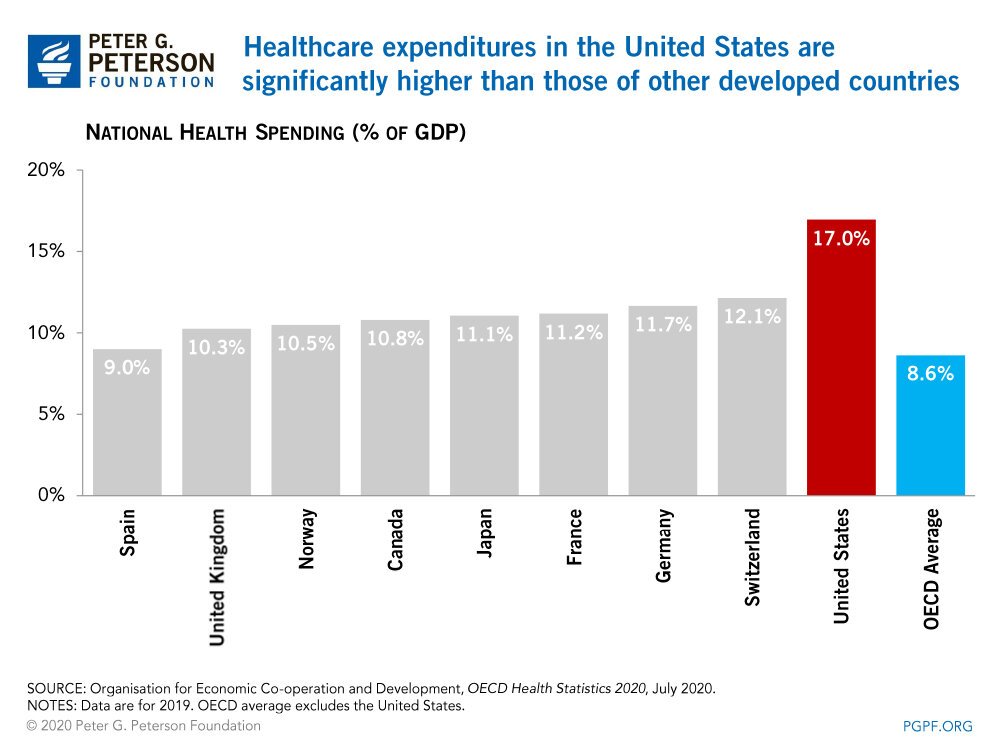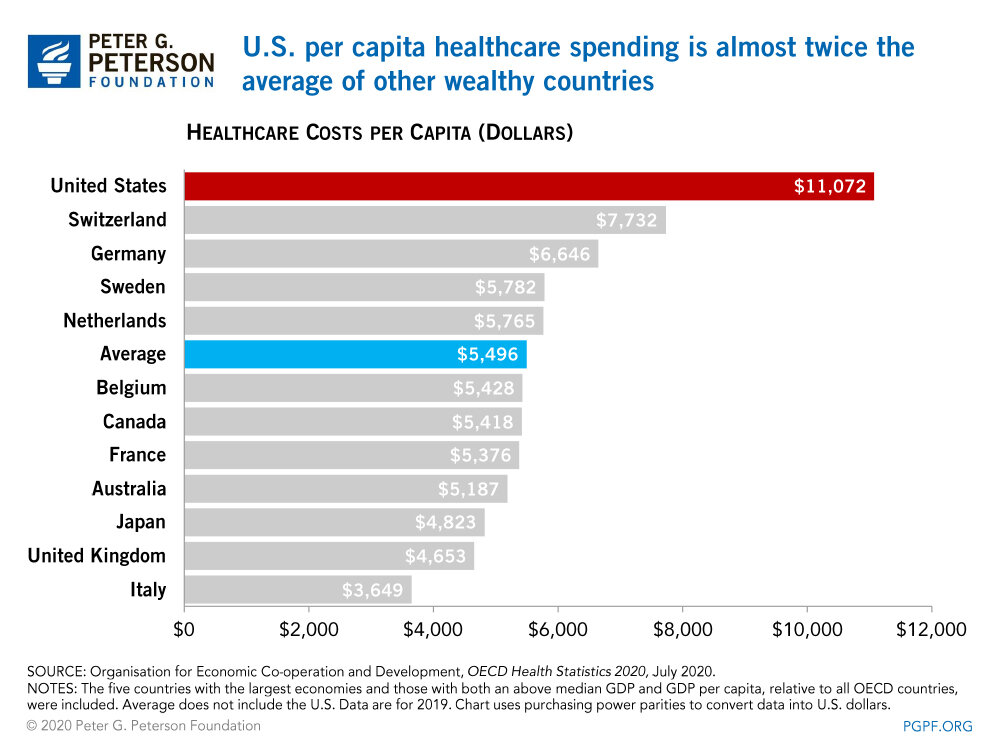National Electronic Health Records with HealthEPin
Read more from Healthcare Policy in the United States.
Aleicia Zhu is a student at Biotechnology High School who edits the school newspaper and reports on economic news. Outside of school, she heads social enterprises and edits Guide to American Business. She is interested in health economics and business research.
Helena Tadros is a student at Biotechnology High School with an affinity for medicine, particularly in the field of neuroscience, as well as physics. She hopes two intertwine the two fields to create a fulfilling career path.
Janie Lee is a student at Biotechnology High School passionate about making a difference in the lives of people suffering from diseases. She is involved in the Technology Student Association and is interested in the application of biomedical engineering in neuroscience.
Adwaith Hariharan is a student at Biotechnology High School interested in mathematics, sciences, and their application to society. He is an inclusion advocate interested in leveling access to STEM education for all students.
Bryce Gestrich is a student at the Marine Academy of Science and Technology with an interest in history, literature, and international affairs, particularly when they relate to the armed services. He currently serves as Assistant Ordinance Chief, responsible for drill rifles, swords, and other equipment.
Executive Summary
National EHR with HealthEPin is a policy proposal that can reduce healthcare costs and increase access to healthcare diagnostics. To elaborate, EHR are electronic health records. Currently, different organizations use different EHR systems, which drives up administrative costs. US healthcare is costly primarily due to administration. So, a national EHR can reduce expenses. Additionally, a medical ID app with a QR code will connect patients, providers, and responders to medical records. This medical ID app is referred to as HealthEPin. Effectively, it allows patients and medical professionals to read and update data from a central repository without needing to pull them up, carry them around, or transfer them from one provider to another. The more efficient system provides both patients and medical professionals a single source of truth in accessing up-to-date health information of a patient as a whole. This comprehensive 360-degree view of a patient's records will facilitate easier diagnosis, the cross-impact of various drugs, as well as the communication between patients and healthcare workers everywhere, not just in specific systems. Combined, national EHR and HealthEPin can create more affordable, transparent healthcare.
Electronic Health Records in Their Current Form
Electronic health records are a digital collection of patient health information (“What is an Electronic…”). These records compile medical history, diagnoses, medications, treatment plans, and other such information. EHRs allow data to be available instantly and securely to authorized users and are most commonly used by clinicians to make diagnoses and prescriptions. Currently, electronic health records serve first to document the care provided to patients. They are legal documents used to establish medical necessity, support quality measures, and support claims for reimbursement (“Electronic Medical Records Standards”). Nevertheless, EHR can be modified to assuage other problems.
A Two-Fold Problem: Healthcare Costs and Information Access
A national, unified EHR with a personal medical ID addresses two issues at once. First, reduced administration costs alleviate healthcare costs as a whole by removing the need to invest in decentralized, provider-based IT systems and infrastructure. The US currently has the most expensive healthcare system with an annual cost of $11,072 per capita, which far outpaces the country with the next highest expenditure — Switzerland, at $7,732 per capita. US healthcare is an outlier in another way — administrative costs. At $937 per capita, the US spends 4 times as much as the OECD average (“Health Expenditure and…”). Hence, reducing administrative expenses is an excellent way of reducing expenditure writ large and alleviating the burden on the average healthcare consumer.
Second, if paired with HealthEPin, an accessible medical ID, unified EHR can reduce administrative burden and makes access to healthcare data easy. Currently, access to information for both patients and providers is a major healthcare issue. The lack of access to medical notes in New Zealand conveyed that. Only 52% of polled New Zealand patients answered that they understood their medications. Said issues have been estimated to cost New Zealand $222.5 million NZD per year. This may be because medical records are directed toward clinicians, not patients. On the whole, lack of knowledge and non-adherence costs $317 billion globally (“National Health Information…”). Not to mention, opaque medical info has indirect consequences for patients. Case in point, fragmented EHR systems make it difficult to collect data for studies (Franzén). In another scenario, medical ID affects emergency care. Responders require rapid access to healthcare information (Blaney-Koen).
A Two-Fold Solution: National EHR with Personal Medical IDs
The US should create a national EHR and HealthEPin to reduce costs and increase access. Primarily, national EHR decreases administrative costs, as it does not require information transfers (Sninsky). Administrative burden could be further reduced because of decreased education requirements. To put it simply, healthcare workers will not need to learn about different EHRs. In practice, employees often needed EHR system-specific training when implementing an EHR and when new staff is hired. Finally, the EHR can be pre-adapted to regulations (Fennelly). The cost reduction has been shown in other countries as well. Australia’s HealthConnect system shares patient data with participating and authorized providers. Because it reduced errors and excess effort, they estimated $300 million AUD per year in savings (Gunter).
Moreover, the national EHR and HealthEPin will improve information access and hence, decrease costs. In Sweden, the national eHealth system collected large, reliable, and consistent data sets (Franzén). New Zealand used a similar system to Sweden, and access to said data improved patient adherence and medication knowledge. HealthEPin also has other benefits. Medical ID bracelets, a similar solution, assist emergency responders in faster, more effective responses, and HealthEPin would have a similar effect. Correspondingly, there are other inefficiencies this solution could address. Foraging for the patient’s information requires valuable time and effort, but HealthEPin would streamline the process. Overall, this would reduce labor costs by cutting on time while allowing first responders to obtain the information they need quickly (Blaney-Koen). Ensuring that there is only one EHR and one medical app is, on the whole, simpler and more efficient. These two components must be implemented in conjunction. Hence, national EHR and HealthEPin can both cut costs and improve outcomes.
Implementation and Limitations
The government would be responsible for implementing the national EHR and HealthEPin. Then, authorized providers will have access to read the info and add to it. Currently, an American EHR only contains information from a single hospital or medical center (Fennelly). Without a unified system, each healthcare provider and organization will differ. As a result, the end result will be like the current problem: incompatibility (Sninsky). Adopting a national EHR system will be no easy feat. Many steps must be taken to ensure that this system runs efficiently.
Chiefly, several critical steps include funding and development. To implement the EHR, Congress must develop a designated universal EHR system. Similarly, the government must ban EHR advertising and levy taxes. This is to prevent competing EHRs that would increase administrative burden while also funding the national EHR (“Strategy on Reducing…”).
Another step is the transfer of medical information into the new national system. As of 2019, it was estimated that there are 500 EHR vendors (”Who Are the Largest…”). Correspondingly, it will take much time and effort to transfer it. Additionally, transitioning into the use of a national unified EHR system requires training. Healthcare professionals are trained in using their organization's EHR. This must take into account their goals and learning style (“5 Important Areas…”). Additionally during the transfer steps must be taken to ensure the security of this confidential information. As recent hacks such as Solar Wind have demonstrated, it is paramount that the security of such information is safeguarded. Proper training will ensure that all possible advantages will be derived, but will admittedly require a significant initial investment.
Another aspect of implementing a new EHR system is financially incentivizing quality training. The Centers for Medicare & Medicaid Services (CMS) already incentivizes providers who demonstrate “meaningful use” of EHR (Rosiak), and this can be done for providers using national EHR as well. Not to mention, the government must facilitate the elimination of private EHR vendors. National EHR would eliminate such vendors, so the government must compensate these private companies for the elimination of their products. These incentives are to prevent lobbying against a unified, national EHR.
Conclusion
Therefore, a national EHR combined with a personal medical QR ID is an effective solution to both healthcare costs and access. Both of those components are major issues within American healthcare, for which reform has been discussed for long periods of time. This solution serves as an incremental change that benefits patients, providers, and the government by reducing administrative burden, increasing transparency, improving efficiency, and advancing research. In exchange for implementation costs, patients and providers can obtain cheaper, more efficient care. Said benefits can result in improved outcomes, but this requires commitment and cooperation from all parties in healthcare.
References available in full pdf.


